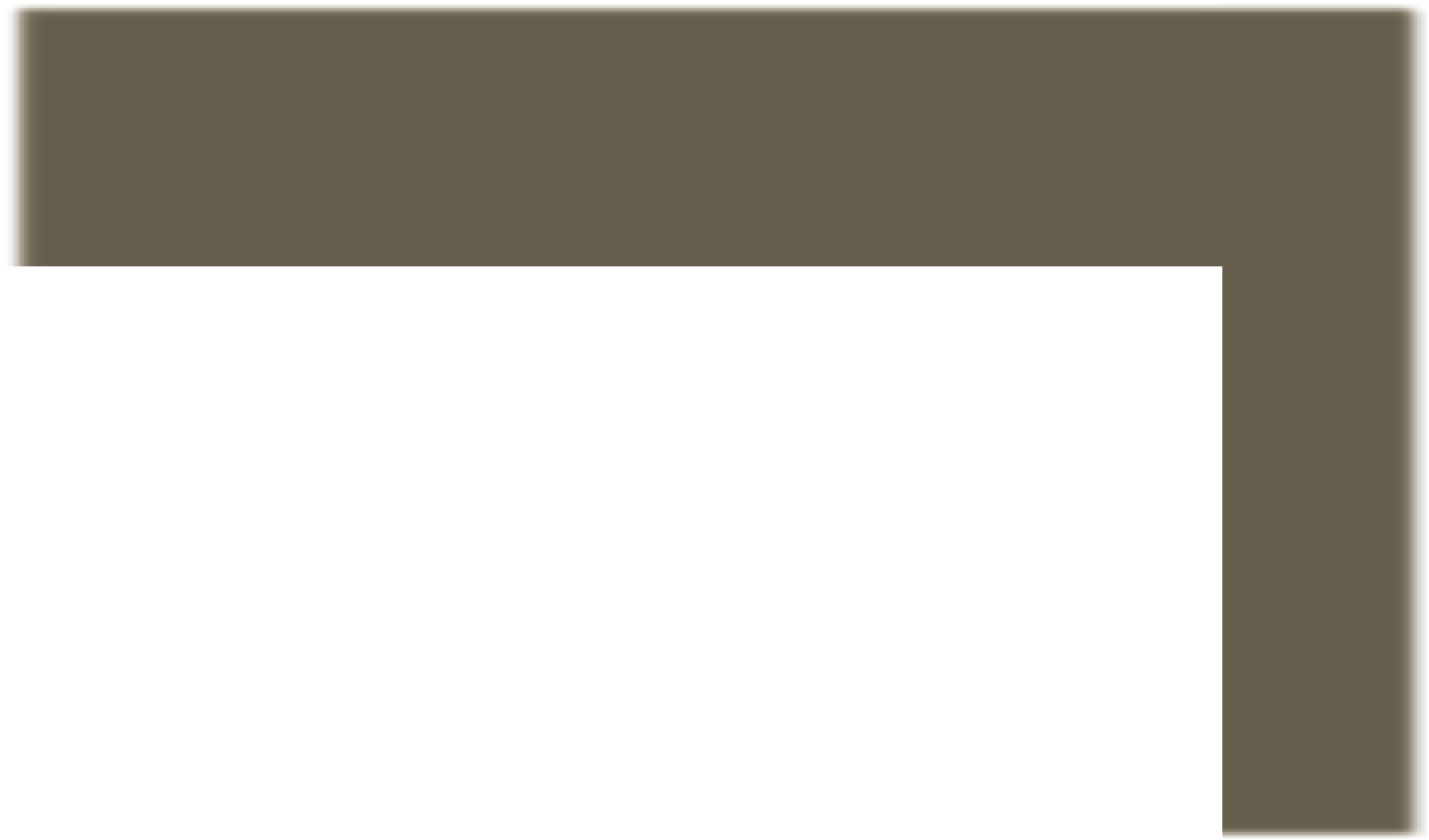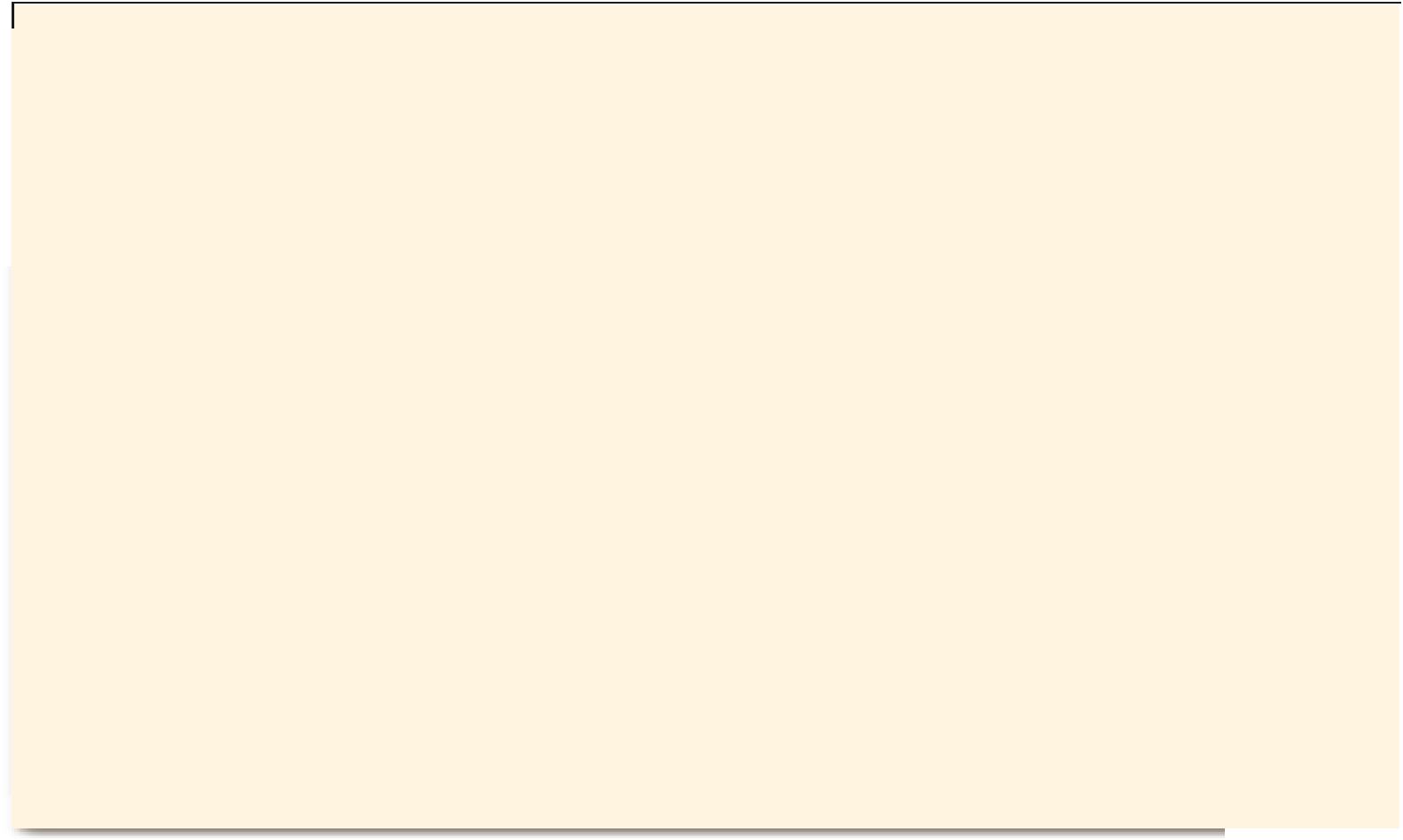Environmental Engineering Reference
In-Depth Information
TABLE 12.1
Sprawl measurements assessment.
Group of sprawl measurements
Measurement
Criteria
Objectivity
Applicable to
Appropriate
Meaningful,
Ease of
alarge
for the
useful, and simple
application
number of
spatial
to understand
places
scale
Change in total amount of urban land cover
+++
+++
A
+++
+++
Growth in residential area
+++
+++
B
++
++
Urban land cover and spatial growth
a
Growth in low-density residential area
++
++
B
++
++
Amount of and change in availability of developable land
++
+
B
+++
++
Density
Gross population density
+++
+++
A
+++
+++
Net population density
+++
+++
B
++
++
Current and expected population divided by developed and
developable land
++
+
B
++
++
Density as a function of accessibility to the C.B.D.
++
++
A
++
++
Density gradients
+++
++
A
++
+
Amount of population living in low-density
++
++
B
++
++
Relative population growth rates
Sprawl Quotient
A
+++
+++
++
+++
Suburbs versus central city
++
+
C
++
++
Composition (Degree of
Percentage contribution of each patch type
+++
++
C
+++
++
homogeneity/heterogeneity
Mean patch size
+++
++
C
++
++
in land use)
Edge shape (e.g. circularity)
+++
++
A
++
++
Spatial
Area to circumference ratio
+++
++
B
++
++
Geometry
b
Continuity indices (applied primarily to open space)
++
++
C
++
++
Configuration
Leapfrog indices (applied primarily to built space). Equal to
++
++
A
+++
++
% built in urban core/% built outside urban core.
Fractal dimension
+++
++
A
+
+
Accessibility measures
Road length/area
+++
+++
A
+++
++
Household traveling time
+++
+++
B
+++
++
Mean Proximity Index
+++
+++
A
+++
++
Gravity/logit models
+++
+++
A
++
++
Key:
Meets criteria well
A Applicable at multiple spatial scales
+++
























































































































































































































































































Search WWH ::

Custom Search